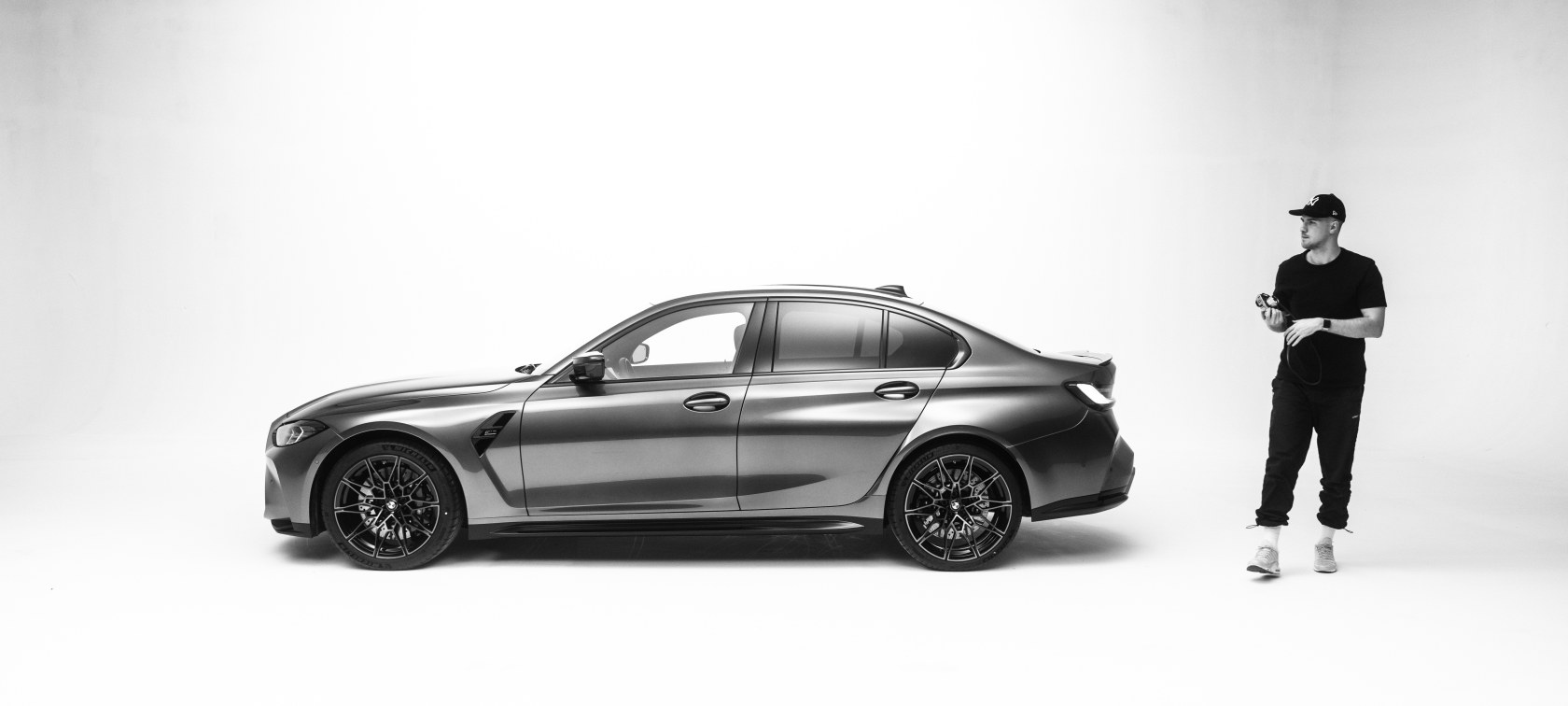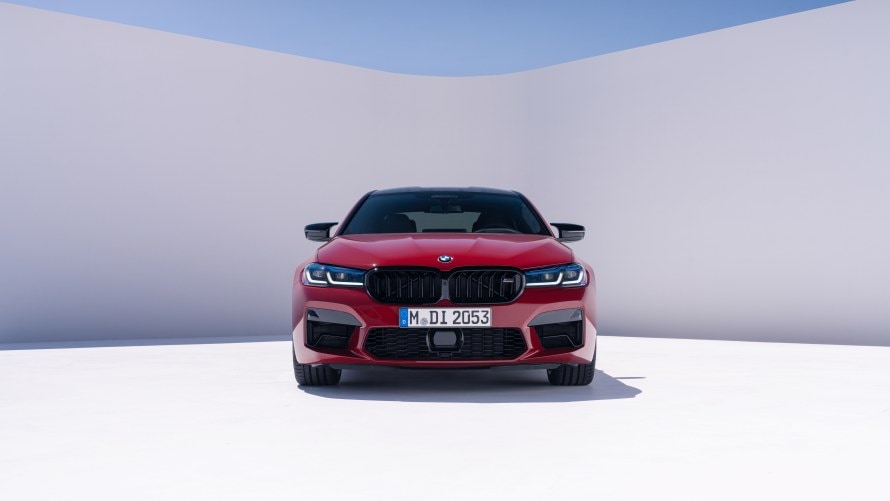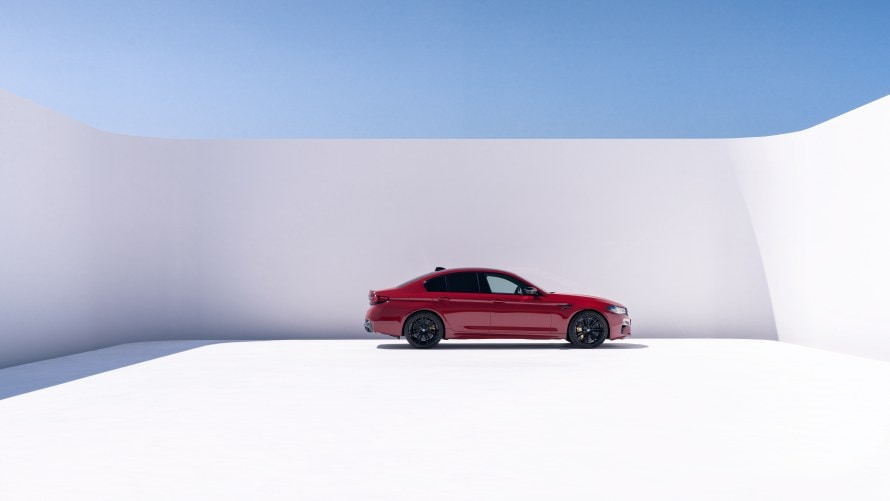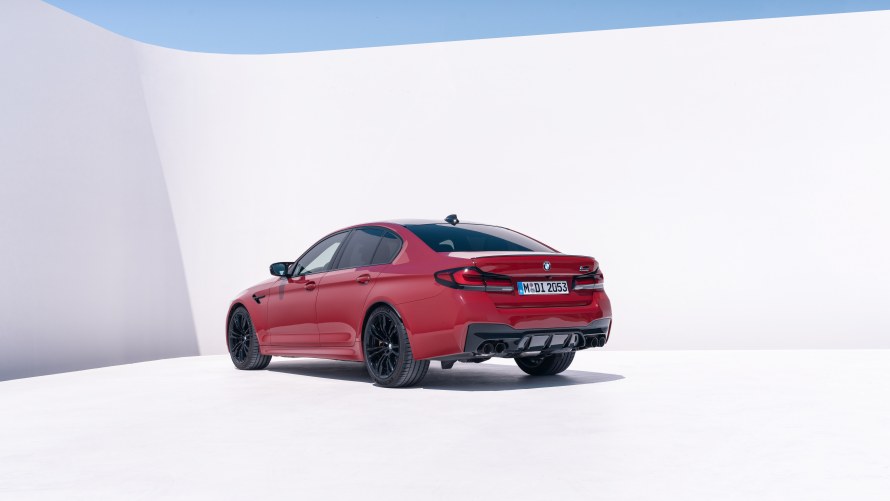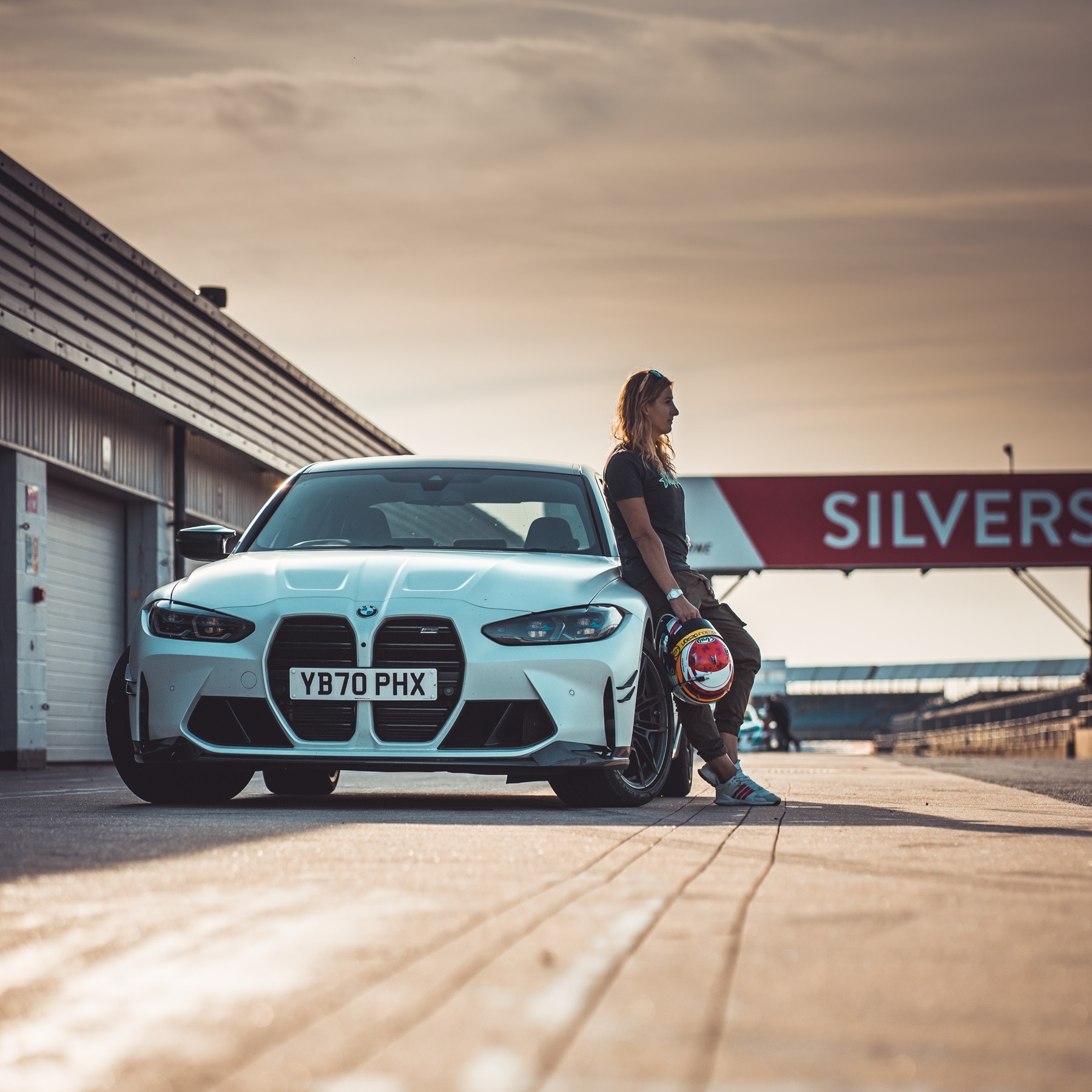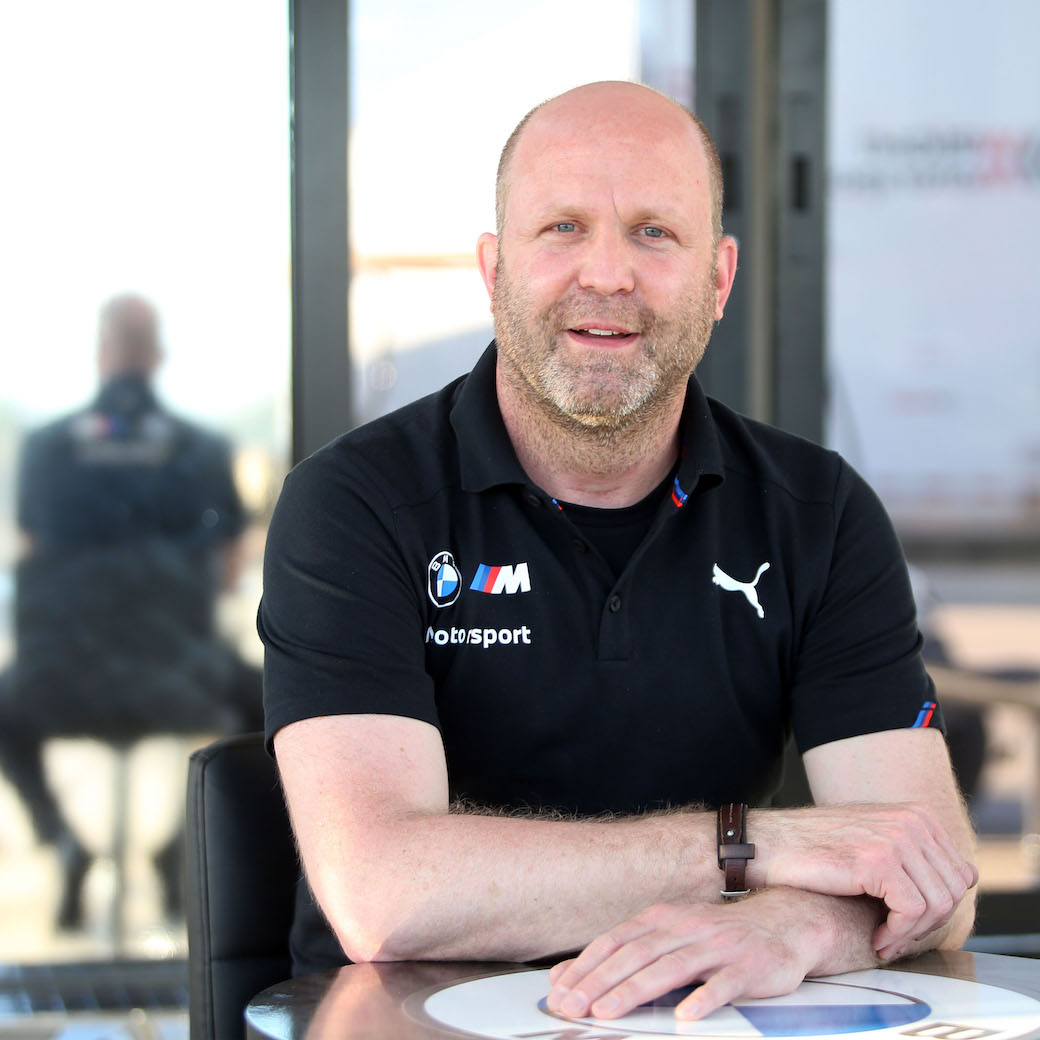Be it for your photo album, the Instagram community or simply because it’s fun: photographing your car is part and parcel of being a petrolhead. But it’s not always as easy as it looks. Despite sophisticated technology and modern software, the final picture is often not the one you had in mind when you pressed the shutter release. Photographer and BMW M connoisseur Frederick Unflath has been a fan of fast cars and perfect camera angles since childhood. He tells us what it is about cars that fascinates him and gives some tips about how to get the most from your photos.
BMW M Magazine: When one looks at your work, then nature is mostly just a backdrop. Don’t you like nature?
Frederick Unflath: I love nature! I even live in it, far away from any city. I’m always glad to get back to nature after being in the big city.
So why do you photograph vehicles and not landscapes?
Cars may not be alive or natural, but they have character and they trigger emotions. I see them as works of art, as highly aesthetic objects. I’m fascinated by design and technology and how the two come together in a car.

How did you come to specialize in photographing cars?
That began early on. I grew up with cars, thanks to my father who works at ABT Sportsline. I actually started with film rather than photography. We were a small freestyle ski crew and I started shooting our days in the mountains to make little films for the Internet. Later on I trained as a graphic designer and after a few stops along the way, including studying business administration, I came to photography through my work at BMW M.
Why are BMW M automobiles such good subjects for you?
At BMW M, the design matches the performance of the vehicles. The strong colours and the emotional interiors also play a big part. The brand has guts. It’s easy to see that M GmbH comes from motorsport and has a fantastic heritage.

Cars trigger emotions. I see them as works of art.
One of your favourite shoots?
The BMW M5 LCI, the current facelift of the M5 in the daylight studio. That was spontaneous, it was really meant for my private portfolio. INMOTION Studios asked me if I’d like to try out their studio after a visit.
Out of the studio: What’s the right time of day to get great vehicle shots? Is there one?
Probably when the sun is setting. Ultimately, it’s up to the photographer and what light and shade he uses to create his style.
Every vehicle has a different design – what should one look out for to find the right angle to shoot from?
It’s a matter of personal taste. There are the classic angles, I use them too, but you shouldn’t bury your creativity in classic camera angles. At the end of the day, it’s also about how you want to interpret the vehicle.

You shouldn’t bury your creativity in classic camera angles. At the end of the day, it’s also about how you want to interpret the vehicle.
How do you find suitable settings for car shoots?
I have my own list of locations that I found on Instagram or tips from colleagues. Otherwise I like to drive around and find interesting places. Sometimes an underpass in the neighbourhood will do it. It all depends on how you interpret the car and what story you want to tell.

What about paintwork reflections: What should one look out for here?
They’re often made out to be worse than they are. But if the reflection masks an important detail or destroys the optical form, you should think about positioning the car differently.

Bothersome reflections on paintwork, how do you get rid of them? On location with a polarizing filter for example or later on with editing software?
A mix of both. The polarizing filter can make editing much easier afterwards. And Photoshop of course has that great Clone Stamp tool - a lot of fun!
Beauty shots are all well and good, but how do you photograph a moving vehicle and at the same time get the feeling of speed across?
Reduce ISO as much as possible. Get in the boot of an estate or SUV, don’t forget to strap yourself in. Roughly speaking: If the car’s doing 60, set the shutter speed to 1/30 and adjust your aperture for the perfect exposure. If you want more depth of field, put a ND filter on the lens. Ta-da! BMW M4 GT3.

When you shoot action shots at the racetrack, wouldn’t you prefer to be behind the wheel and not the camera?
Let me put it this way: Back in the day, I was always the cautious one on our freestyle ski days and nights. And that hasn’t really changed. I think I’m better behind the camera.

So we could say: petrolhead yes, adrenalin junkie no?
Yes, you could say that, but of course 100 km/h in an open boot can also be pretty exciting. I love cars, but I always see the design first and then the performance and the technology behind it.
Talking of design, which vehicle has always been a favourite of yours?
I like classic, iconic silhouettes like the BMW M3 E30 or the Porsche 993 Turbo. When we talk about modern design, it’s vehicles like the BMW M8 Gran Coupé that speak to me – fantastic side profile. As I say, I’ve always loved it when manufacturers have guts. The BMW M4 G82 is a good example. OK, the model polarizes, but I find the expressive design of this sports coupé superb.

Which camera do you use for your work? Which equipment do you always have with you?
My workhorse is a Sony a7r IV. And I always have a Contax G1 with me for the analogue shots. My everyday carry-on is the Leica Q2. And of course a few lenses. I mostly use a 16–35 mm, a 40 mm with macro function, a 55 mm and an 85 mm Prime for the Sony.
Which filters do you use?
Circular polarizing and ND filters.
System camera, SLR or iPhone: are there no-go’s when photographing cars?
No. Use the camera you feel most comfortable with. Nowadays, we’re spoilt with great equipment and computer programmes. Really bad digital cameras probably don’t exist any more.

Use the camera you feel most comfortable with.
Business talk: What would you recommend amateur photographers who want to get into shooting cars professionally?
Build up a portfolio, borrow cars to shoot and do something special. The most important thing is contacts. Build up a network, that’s essential.
What does one’s first camera equipment have to include to be able to shoot good pictures?
Like I say, nowadays there’s hardly any bad equipment around. With a 24-70 mm lens you can’t go wrong at the beginning, because you immediately have a wide spectrum of shots covered with just one lens.
What was your first professional camera set-up?
That was a Sony a7r II with Metabones adaptor and Canon FD lenses, focussed manually.

How would you describe your style?
Graphic, colourful, moody. But I also love black and white. Generally speaking, playing with shadows is my thing. I like both hard and soft shading. Depending on the atmosphere I want the pictures to have.
Trend question: portrait or landscape?
As we say in German: Fährst du quer, siehst du mehr, which more or less means landscape will give you more to look at. For what I do, the good old landscape format is better and I’m better at it too.
The worldwide Corona crisis means a lot of restrictions. Do you miss travelling?
I miss travelling privately to a certain extent, sure. Professionally, not really. Travelling with a lot of equipment means a lot of stress. I love shooting in Germany – guilty pleasure!
One car that’s missing from your shooting list?
The BMW 3.0 CSL Hommage.
Thanks for the interview, Frederick!


